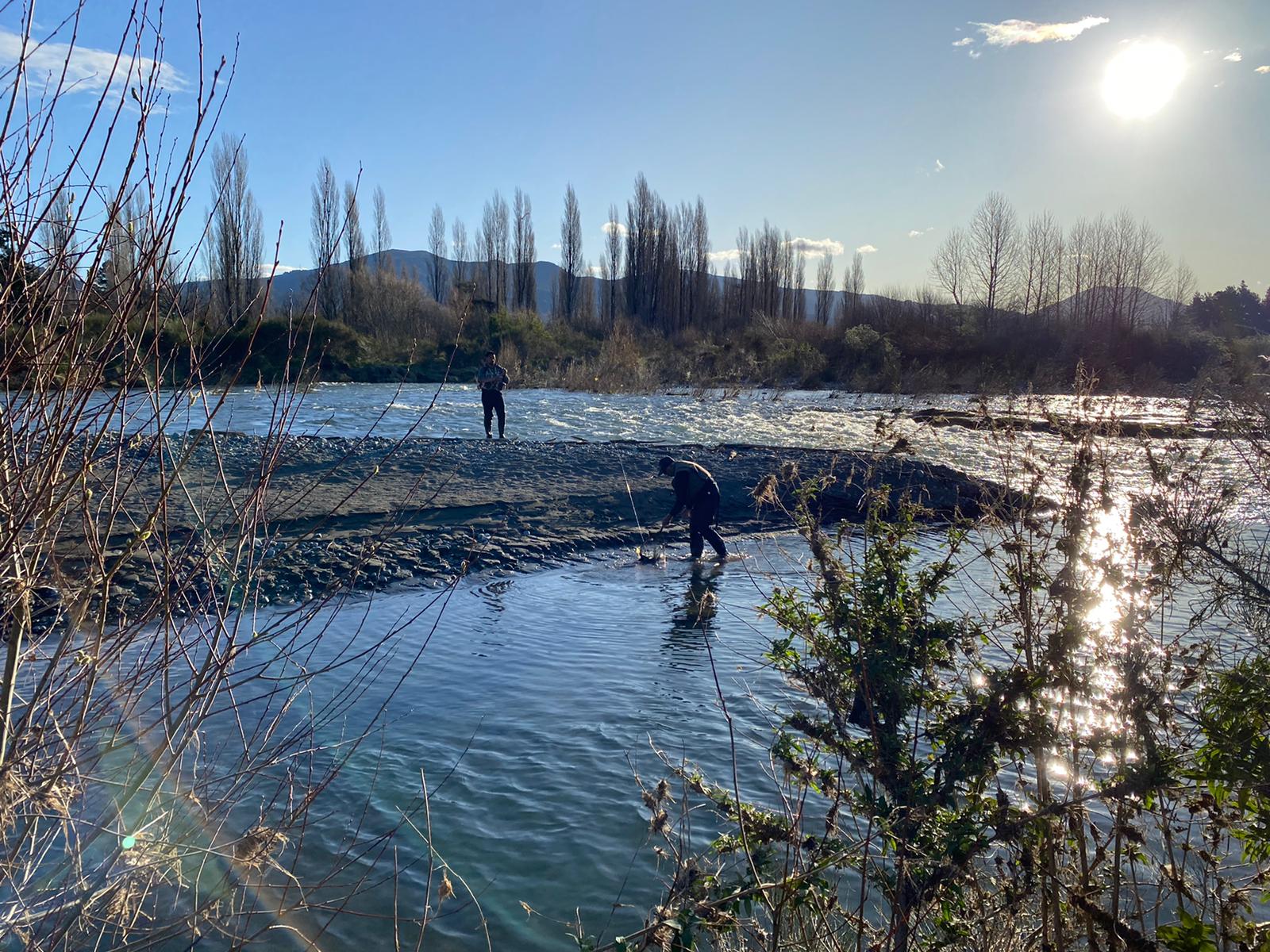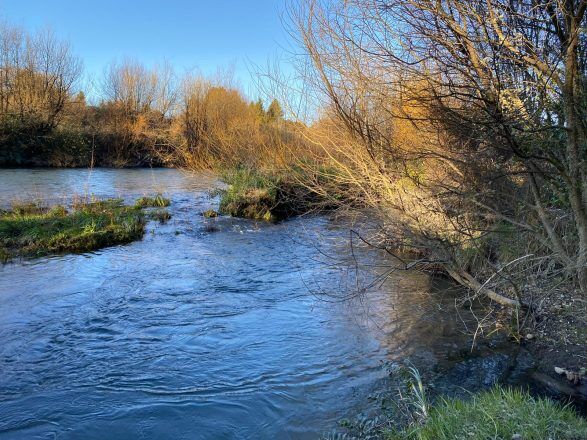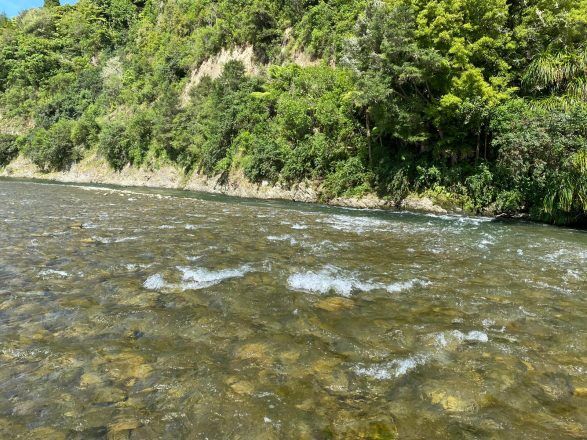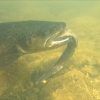- Empty cart.
- Continue Shopping
They Won’t Come To Play

Have you ever been fishing at a river and see a lot of fish in the water but try as you might you just can’t seem to get one of them to accept your offerings. Here are a few tips that may bring a few more fish to your net. There are no hard and fast rules in fishing, and everybody has their own theories on the best way to catch trout. Some anglers believe there is a right way and a wrong way for example, “This is the only fly for this water” or “At stream mouths you will only catch slabs with a floating line”.
Neither of these statements are true of course although in the case of a fly type there are times when a specific fly or nymph will be much more successful than another type. But there is more to it than that. If the fish are around and are almost kissing your boots or poking their tongues out at you when you are presenting them with what you think is the perfect drift, you may have to rethink your tactics.

Somebody once told me that trout basically have an IQ of about 2 but I give them a bit more credit than that. They have that great gift that nature has bestowed on them and that is they have learned survival techniques that they will utilise throughout their lifetimes. Have you ever wondered why a trout bolts if you approach it and may be get too close or cast a shadow over it. How does it know that we are a danger to them especially if they have never been near a human before. It is called instinct and it serves them very well much of the time.
However, they are not that smart that they cannot be fooled.
A few ideas that you may want to consider on the wariest of trout to even the odds are as follows.
1: If you can see a lot of trout in a certain section of river and they show no interest, it would be fair to assume there are a number of trout that you can’t see where vision is impeded by broken or rough water. By targeting this section of water, if you can’t see the fish but it looks likely, chances are, they can’t see you too well either. I like fast shallow water. This is often, surprisingly, overlooked by anglers wrongly thinking that fish wouldn’t be in this type of water. It may look undesirable to us, but a fish is very comfortable in the quickest of water and knows where to station itself to use the current to its advantage.
2: If nymphing for trout you have to perfect two planes in your cast. I.e., direction and depth whereas for dry fly it’s only one plane which is direction as the dry fly is always on or near the surface. This is also a good reason to consider shallow water when nymphing because once the weight of the nymph(s) is worked out (if any added weight is needed at all), you know that your offerings will be at the same level (or near enough) to the trout.
I have seen it before when anglers have been throwing a nymph at a trout in a channel and the trout has shown no interest. Chances are the nymph may be drifting 100 mm above the Trout’s head and if he (or she) is getting adequate food at the level he/she is at then your offerings are likely to go unaccepted. Trout are lazy creatures and will not move more than they have too.

3: If you want to persist with these stubborn trout that you can see but will not bite, consider Czech nymphing for them. This is not everybody’s cup of tea and indeed is frowned upon by some. Both methods have their time and place but Czech nymphing basically eliminates drag, need for an indicator, noise on the water when casting and fly line on the water. In short, presentation of a nymph to a trout whilst using this method, is superior to conventional nymphing in my opinion. It has its drawbacks if there is wind about or an accurate long cast say under a tree is required. Even so, with practice, you can get very accurate with the Czech nymph method and as it is more of a lob than a cast, emphasis should be put into trying to bring the nymph down from the sky vertically so that the only disturbance to the water is similar to a raindrop. Can be achieved with practice.
4: Consider changing your fly line to a colour that contrasts to the background if it doesn’t already. If the trout are spooky this will help.
5: Stating the obvious, change your nymphs and leader but go smaller with the nymphs and light as you dare with the leader.
6: Make sure you are not coming into the Trout’s window. Crouch if necessary or if there is a bush close by see if you can use it as a shield and even cast around. Ensure no shadows are on the water.

7: Don’t wear bright colours. Neutral colours that contrast with the background are what is required.
8: Move quietly. Sound transmits very easily and fast through water.
9: Don’t overfish the area. If time allows and you are not hogging the spot, rest the water, (have a cuppa), then try again.
I hope these tips help and are useful.
Cheers – Brian Willson – NZPFGA member (021667867)




